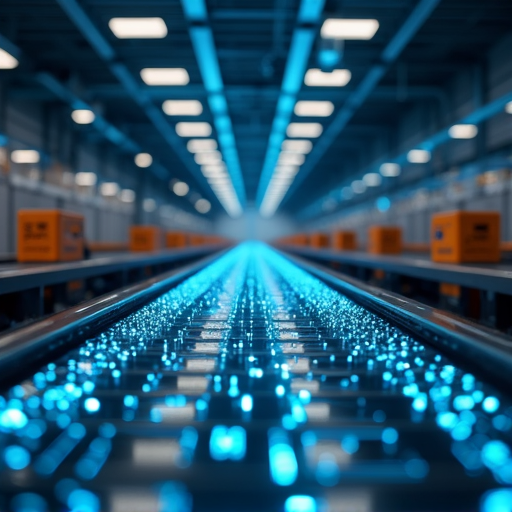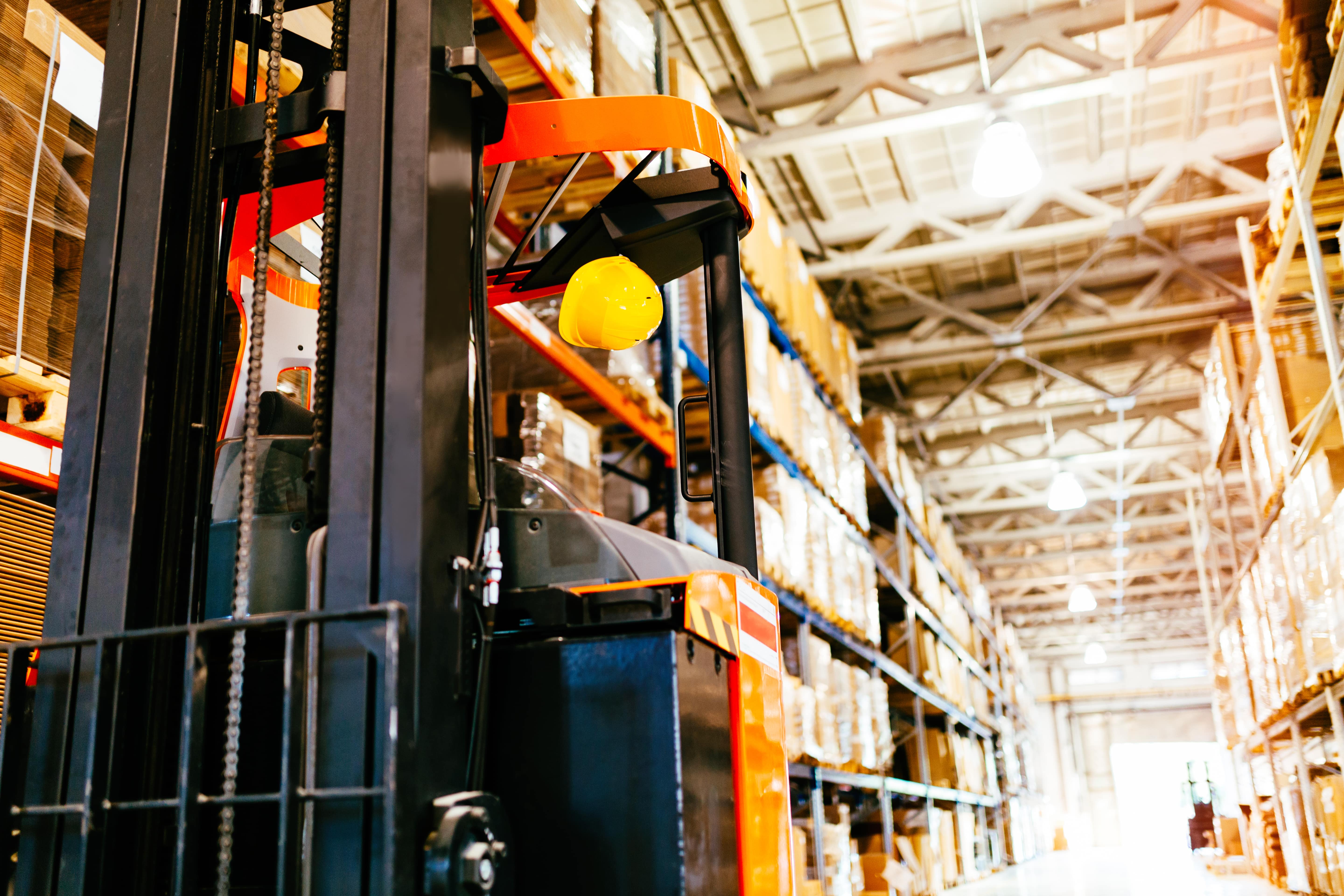Don’t Let False Green Lights Stall Your Line
.png)
Few phrases carry as much operational dread as “not clean to build.” It represents more than a missing part — it's a red flag that signals breakdowns across procurement, planning, inventory, and supplier orchestration. When a product line is halted because critical components are unavailable, despite system indications of readiness, the ripple effects extend far beyond the plant floor.
So, how do modern manufacturers overcome these hidden disruptions and achieve true build readiness?
The High Cost of Assumed Readiness
Consider this real-world scenario: A leading global appliance manufacturer prepared for a major product launch. All planning systems showed a “green” status. But on build day, assembly stalled — a specialized hinge from a Tier 2 supplier had been short-shipped, and procurement wasn’t aware. The cause? An outdated ASN and a lack of real-time visibility across tiers.
That single oversight resulted in a multi-million-dollar revenue delay, hundreds of idle labor hours, and an expedited logistics scramble to recover.
This isn’t an isolated case. It’s a pattern repeating across industries where siloed systems, lack of supplier coordination, and reactive workflows fail to ensure clean-to-build execution.
Understanding “Not Clean-to-Build”
“Not clean to build” isn’t always about the absence of materials — it’s about misalignment:
What Build-Ready Organizations Do Differently
Top-performing operations don’t just track what’s in stock — they model readiness across time, suppliers, and configurations. They:
Final Thought: Don’t Let False Green Lights Stall Your Line
Being “green” in the system means nothing if you can’t build when it counts. It’s time to redefine readiness — not as an assumption, but as an integrated, data-driven, and collaborative discipline.
Test your own scenarios with TADA’s Clean TO! Build and see the impact in minutes.
Try TADA Clean TO! Build
Test your own scenarios with TADA’s RM Inventory Manager and see the impact in minutes.
Try RM Inventory Manager

Use TADA’s Tariff Manager to model costs, build agility, and protect margins.
Try the Tariff Manager
Test your own scenarios with TADA’s Tariff Manager and see the impact in minutes.
Try the Tariff Managerest your own scenarios with TADA’s RM Inventory! Manager and see the impact in minutes.
TRY RM Inventory! Manager